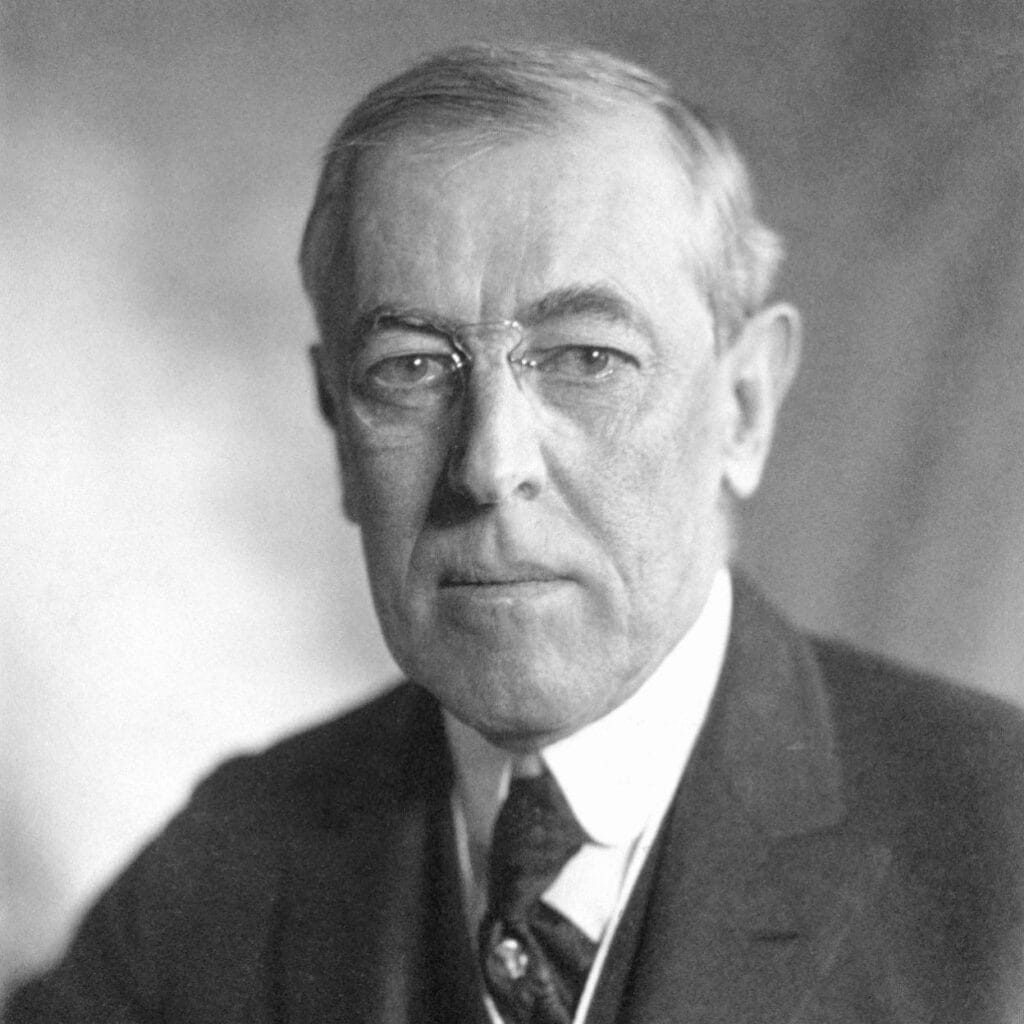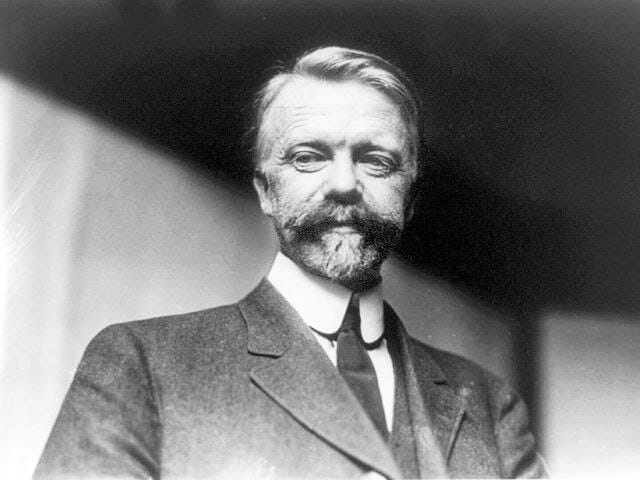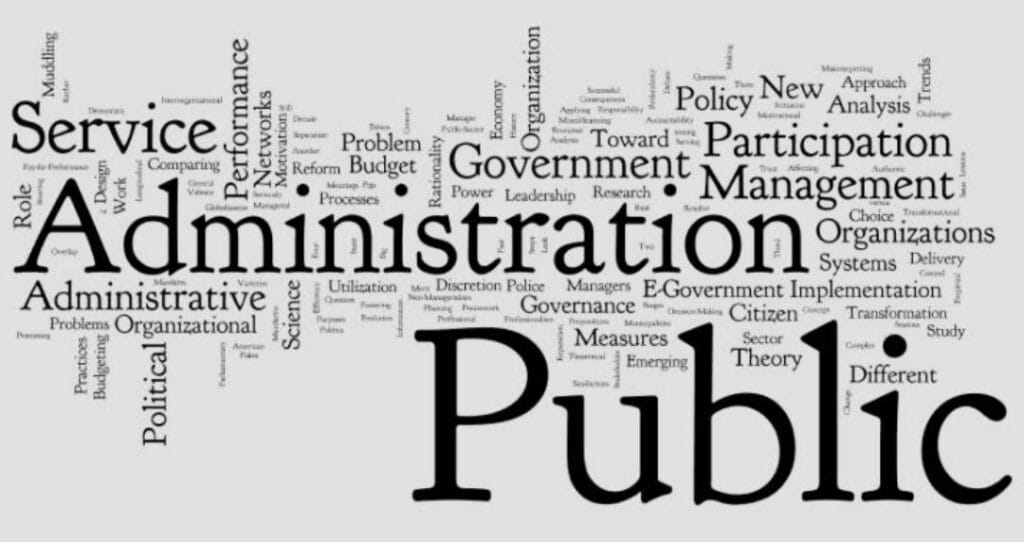Write Down The Meaning And Nature of Public Administration
Meaning of Public Administration :
Public Administration refers to the implementation and management of government policies, programs, and initiatives. It involves the organization, direction, coordination, and control of government operations to deliver public services effectively. Public administration is the machinery through which the government performs its functions, ensuring the execution of laws, delivery of public goods and services, and management of public resources.
It encompasses a wide range of activities, including policy formulation, budgeting, human resource management, and regulatory enforcement. Public administration also deals with managing public agencies, creating and executing policies, and ensuring that public goods and services are provided efficiently to citizens.

Definitions of Public Administration :

Woodrow Wilson : “Public administration is the detailed and systematic execution of public law. Every particular application of general law is an act of administration.”

Luther Gulick : “Public administration is that part of the science of administration which has to do with government and thus concerns itself primarily with the executive branch where the work of the government is done.”
Nature of Public Administration :
- Multidisciplinary Nature :
Public administration is inherently interdisciplinary, drawing from political science, economics, sociology, law, management, and psychology. It applies various theoretical frameworks and methodologies to understand and improve the functioning of government organizations and policy execution. - Art and Science :
Public administration is both an art and a science. It is an art because it involves practical skills in managing people and resources, decision-making, and policy implementation. At the same time, it is a science because it uses systematic principles, techniques, and empirical data to improve efficiency and effectiveness. - Action-Oriented :
Public administration is primarily concerned with action. It is the process of translating political decisions into practical results and services for the public. It focuses on executing laws, delivering services, managing public resources, and addressing the needs of the community. - Management of Public Affairs :
Public administration deals with managing public resources, personnel, and activities to achieve government objectives. It focuses on the organization and management of the public sector and addresses public welfare issues, such as health, education, and infrastructure. - Public Service Orientation :
The primary objective of public administration is to serve the public and meet their needs. This distinguishes it from private administration, which is profit-oriented. Public administration focuses on the welfare of citizens, ensuring transparency, accountability, and fairness in the delivery of services. - Political-Executive Interface :
Public administration operates at the intersection of politics and administration. While public administrators are not elected, they work closely with elected officials to implement policies. This creates a unique dynamic where administrators must balance political directives with the technical and practical requirements of policy implementation. - Bureaucratic System :
Public administration typically operates within a bureaucratic framework, characterized by formal rules, hierarchies, procedures, and structures. Bureaucracies ensure that public services are delivered systematically and consistently, though they can sometimes be criticized for being rigid or slow. - Accountability and Transparency :
Public administration is guided by the principles of accountability and transparency. Public administrators must answer to elected officials, the law, and the general public for their actions and decisions. This ensures that public resources are managed responsibly and that citizens’ trust is maintained. - Regulatory and Legal Framework :
Public administration functions within a well-defined legal and regulatory framework. Policies and administrative actions must comply with the constitution, laws, and regulations governing the public sector. This legal context shapes decision-making and the exercise of authority. - Dynamic and Evolving Field :
Public administration is not static; it evolves in response to societal needs, technological advances, and political changes. Public administrators must constantly adapt to new challenges such as globalization, digital governance, and demands for improved efficiency.

Conclusion:
Public Administration is a vital aspect of governance, focusing on the effective implementation of public policies and management of government operations. Its nature as both a science and an art, its focus on service delivery, accountability, and management, and its evolving character make it essential for achieving the goals of public governance and meeting the needs of the citizenry.
Share this content:


Leave a Reply